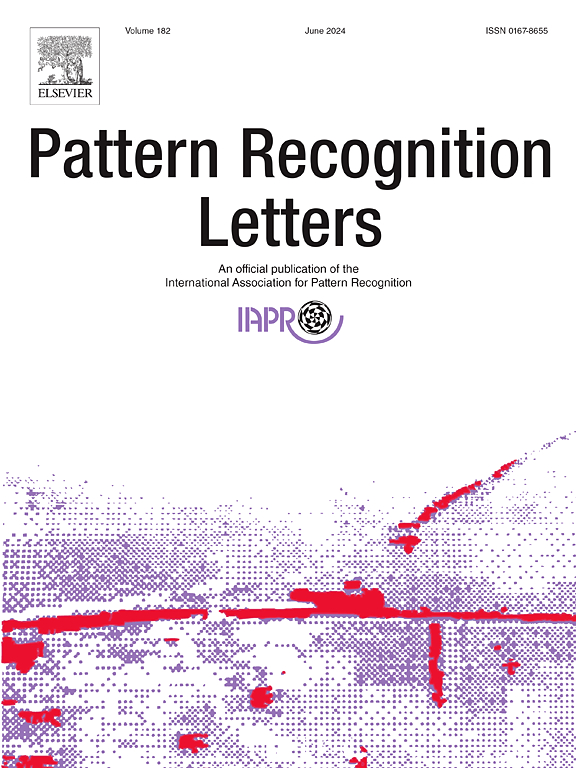Dark channel map and union training strategy for object detection in foggy scenes
IF 3.9
3区 计算机科学
Q2 COMPUTER SCIENCE, ARTIFICIAL INTELLIGENCE
引用次数: 0
Abstract
Most existing object detection methods in real-world hazy scenarios fail to handle the heterogeneous haze and treat clear images and hazy images as adversarial while ignoring the latent information beneficial in clear images for detection, resulting in sub-optimal performance. To alleviate the above problems, we propose a new dark channel map-guided detection paradigm (DG-Net) in an end-to-end manner and provide an interpretable idea for object detection in hazy scenes from an entirely new perspective. Specifically, we design a unique dark channel map-guided feature fusion (DGFF) module to handle the adverse impact of the heterogeneous haze, which enables the model to focus on potential regions that may contain detection objects adaptively, assign higher weights to these regions, and thus improve the network’s ability to learn and represent the features of hazy images. To more effectively utilize the latent features of clear images, we propose a new simple but effective union training strategy (UTS) that considers the clear images as a complement to the hazy images, which enables the DGFF module to work better. In addition, we introduce Focal loss and Self-calibrated convolutions to enhance the performance of the DG-Net. Extensive experiments show that DG-Net outperforms the state-of-the-art detection methods quantitatively and qualitatively, especially in real-world hazy datasets.
求助全文
约1分钟内获得全文
求助全文
来源期刊

Pattern Recognition Letters
工程技术-计算机:人工智能
CiteScore
12.40
自引率
5.90%
发文量
287
审稿时长
9.1 months
期刊介绍:
Pattern Recognition Letters aims at rapid publication of concise articles of a broad interest in pattern recognition.
Subject areas include all the current fields of interest represented by the Technical Committees of the International Association of Pattern Recognition, and other developing themes involving learning and recognition.
 求助内容:
求助内容: 应助结果提醒方式:
应助结果提醒方式:


